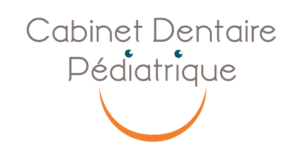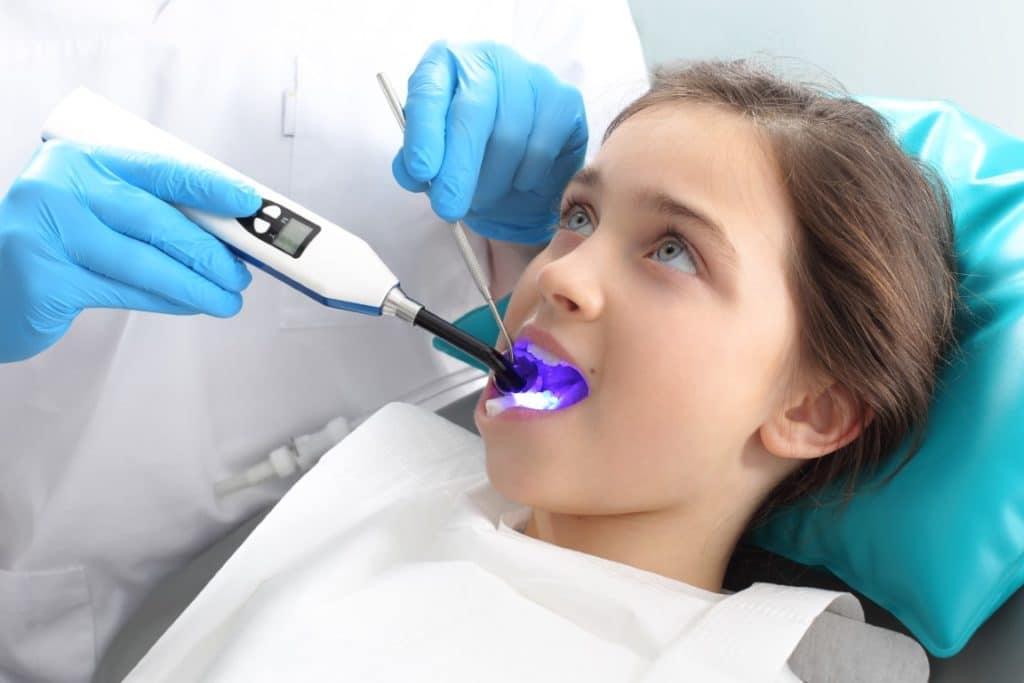Frenectomy, or freinectomy, is an operation of the lingual or labial brake that can be done with a laser.
The upper lip and lingual brakes are present in all individuals from birth.
When they are too short, feeding and swallowing problems can occur, especially in babies.
If it is detected later in the child, the presence of a lingual brake that is too short can lead to a bad positioning of the tongue or a bad growth of the maxillary teeth.
Untreated, these problems cause :
- Pronunciation problems,
- Mastication disorders,
- Difficulty performing simple gestures: smiling, playing a wind instrument, sticking out the tongue, etc,
- Dental problems, even orthodontic problems.
Why perform a laser frenectomy
To remedy these problems, health professionals recommend a simple surgical procedure called frenectomy. Performed under local anesthesia, frenectomy is a common and painless operation for the patient.
For both lingual and labial frenectomy, there are two techniques:
- An incision with a scalpel or scissors,
- A soft tissue laser incision.
The advantages of a laser frenectomy
In contrast to scalpel frenectomy, which causes bleeding and stitches, laser frenectomy is minimally invasive. Thanks to the anti-inflammatory action of the laser, bleeding during the operation is minimized and healing is accelerated.
Intraoperative
The laser is less painful than a traditional scalpel and therefore requires less anesthetic.
The absence of bleeding during the operation facilitates the use of the laser and allows a perfect visibility and therefore a better precision.
In addition, the sterilizing power of the laser reduces the levels of bacteria and other pathogens at the surgical site.
Laser frenectomy also reduces or eliminates the need for sutures.
Better postoperative outcomes
Laser reduction of the lingual frenulum reduces the postoperative period and especially the pain. This avoids the risk of post-operative hemorrhage and infection as well as mucosal eschar.
Post-operative edema is slight or non-existent.
Finally, since the laser procedure is minimally invasive, it is not very traumatic for the child.
Although benign, this operation must be performed by a health professional who preferably specializes in children's medicine: a pediatrician, pedodontist or ENT specialist.
Lingual frenectomy
Generally performed on infants or very young children, laser lingual frenectomy is used to correct breastfeeding problems and discomfort in children.
Lingual brake too short: what are the consequences?
The diagnosis of a too short frenulum, called ankyloglossia, is made very early in the newborn or child. This early diagnosis is permitted because a lingual frenulum that is too short creates difficulties for swallowing and sucking, making breastfeeding difficult.
Frenectomy of the lingual brake
The practitioner uses a laser to cut the brake that connects the floor of the mouth to the underside of the tongue so that the tongue can regain optimal mobility. The benefits of the operation, such as the return to normal feeding for the baby, are quickly noticed by the parents.
Some more complex cases may require excision of a portion of the muscle fibers, but this procedure is more rare.
A few simple re-education exercises, or tongue massages for younger patients, can accelerate the healing process. The tongue then regains its mobility and good positioning.
Labial frenectomy
The medial labial frenulum is the best known. It is located inside the upper and lower lip, in the middle, just between the two front teeth. It can be seen by stretching the lip upwards.
There are also lateral lip brakes, but these are less visible and less developed. They are rarely a problem and are therefore not well known.
Labial brake too short or enlarged: what are the consequences?
The medial labial frenulum may be enlarged and descend between the two central incisors, preventing their proper positioning.
A lip brake that is too short pulls on the marginal gums and leads to inflammatory or infectious problems. These risks are linked to the fact that a labial frenulum that is too short imposes traction on the gum, thus opening a groove between the gum and the tooth. A groove in which bacteria can easily lodge.
In addition, a hypertrophic medial labial frenulum prevents good hygiene and increases the risk of periodontal disease.
Frenectomy of the labial frenulum
In cases where the labial frenulum is the cause of the malpositioning of the teeth, frenectomy is performed for orthodontic purposes.
The operation can only be considered after the permanent canines have erupted. The latter can indeed guide the incisors towards a good placement by their eruption alone.
The frenectomy of the labial frenulum is most often accompanied by orthodontic treatment in preparation for the placement of a dental appliance.
As with lingual frenectomy, labial frenectomy can be performed by laser and has the same advantages.
Laser frenectomy: the technique
The laser is equipped with an optical fiber that delivers energy allowing the incision of soft tissues. Local anesthesia is minimal.
Labial frenectomy
The labial frenectomy begins with a first incision in the sagittal direction (arrow shape). The fibers are cut in a V-shape in order to disinsert them from the muco-gingival junction.
Then, a small incision is made in the periosteum (fibrous connective tissue that forms the envelope of the bones). An air/water spray is used for better control of thermal damage.
Oblique incisions allow dislocation of fibers connected to the periosteum to complete the surgery.
Lingual frenectomy
A traction of the lip allows to highlight the brake. This is tensioned and the tip of the laser is directed along the incision line.
The incision is performed using low energy and low pulse frequency for better control.
The procedure is also completed by the spraying of an air/water spray to refresh the tissues, clean the area and make it visible.
The tongue is immediately mobilized after surgery with stretching exercises in order to allow functional rehabilitation.
Laser lingual frenectomy: prices
Since laser lingual frenectomy is a common procedure, prices are usually not too high. Count between 80 and 225€ on average for the operation.
Normally, the procedure is fully covered by social security or your health insurance.
Depending on the practitioner, the complexity of the procedure or the anesthetic products used, some costs may not be fully reimbursed. In these cases, a laser lingual frenectomy can vary in price from 80 to 325€.
Do you suspect that your child's lingual or labial frenulum is too short? Are you looking for a professional to diagnose and perform, if necessary, a laser frenectomy on your baby?
Do not hesitate to contact us by phone or by email. We will find you an appointment as soon as possible.
Dr. Adriana Agachi specializes in pediatric dentistry. After an oral examination, she will perform a laser frenectomy if required.


